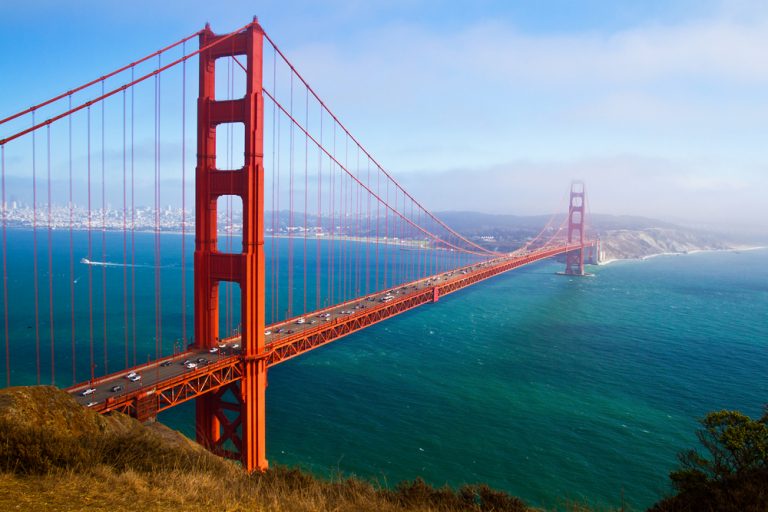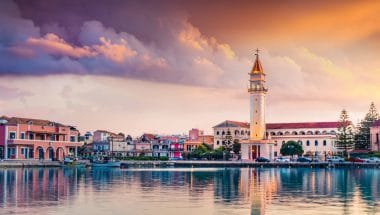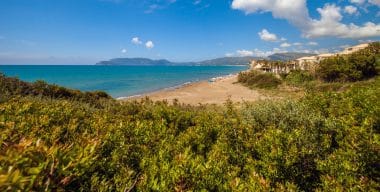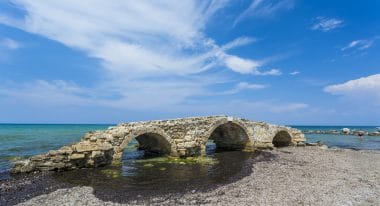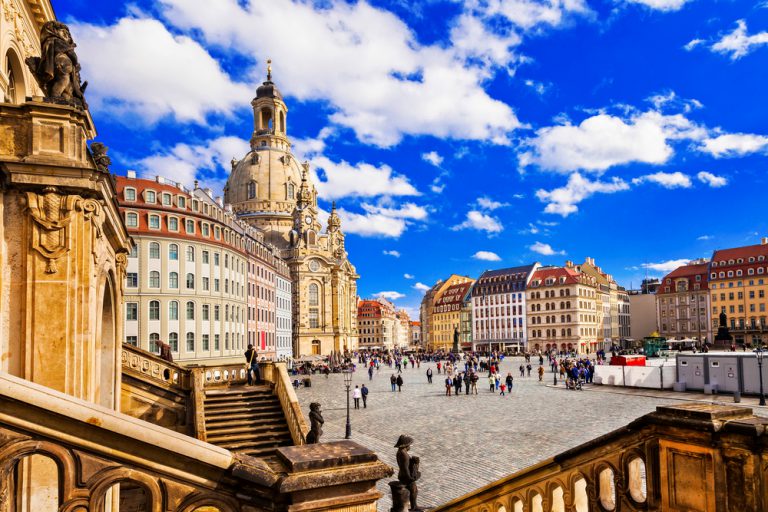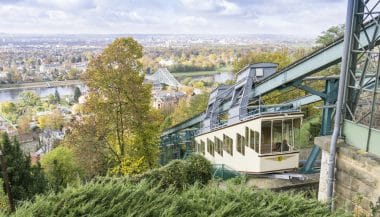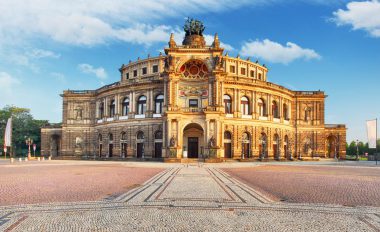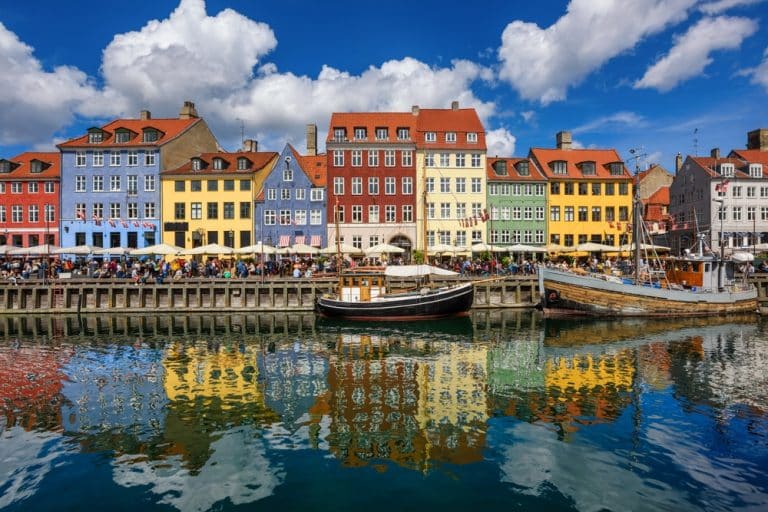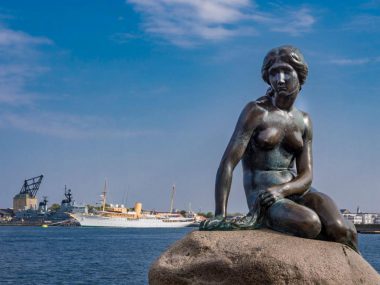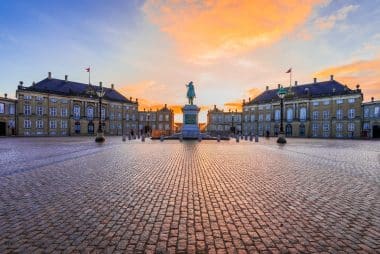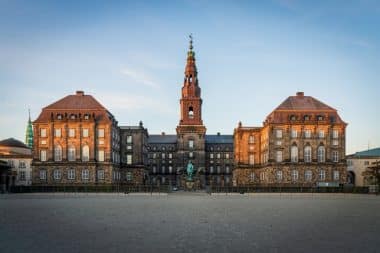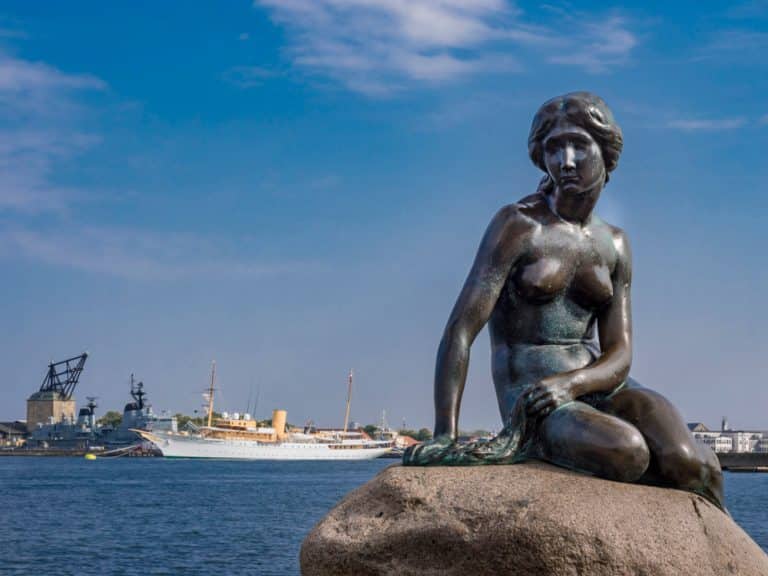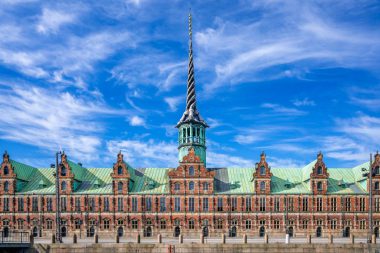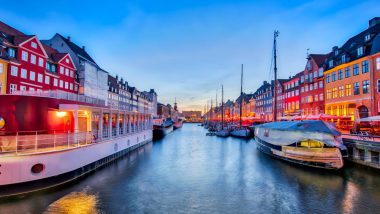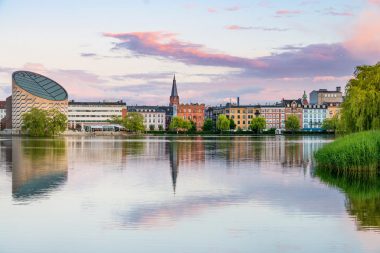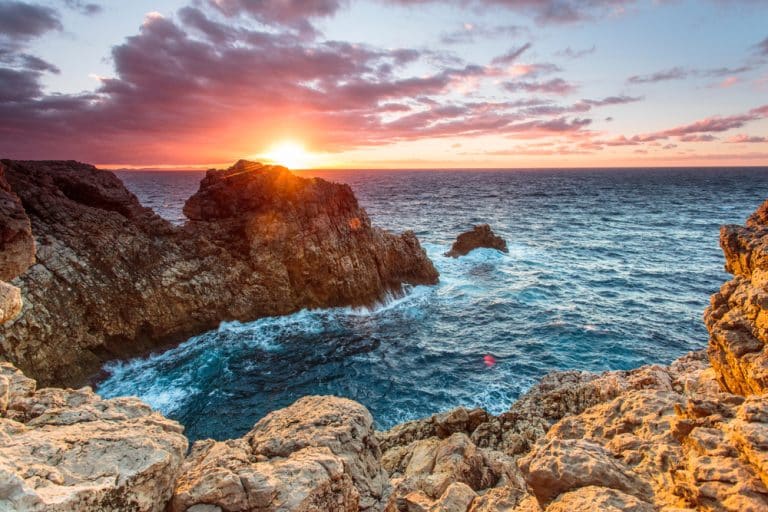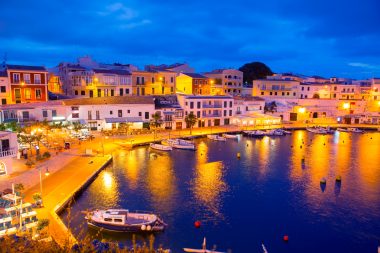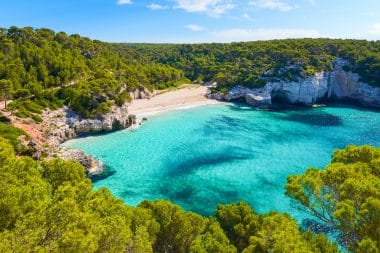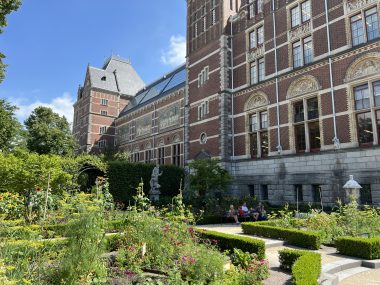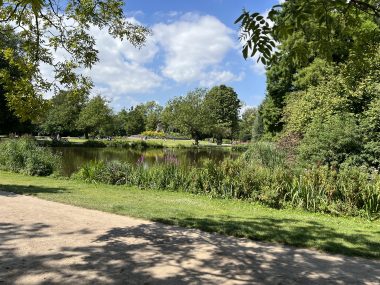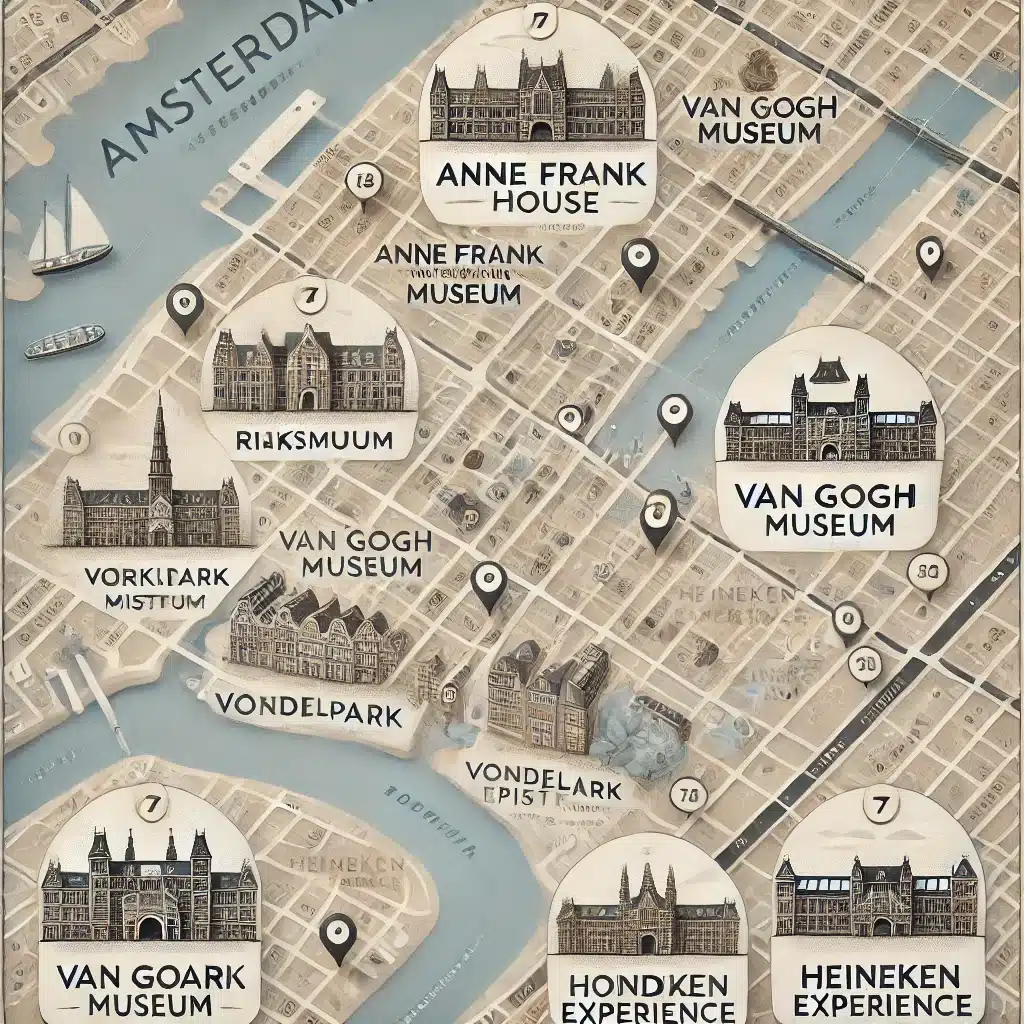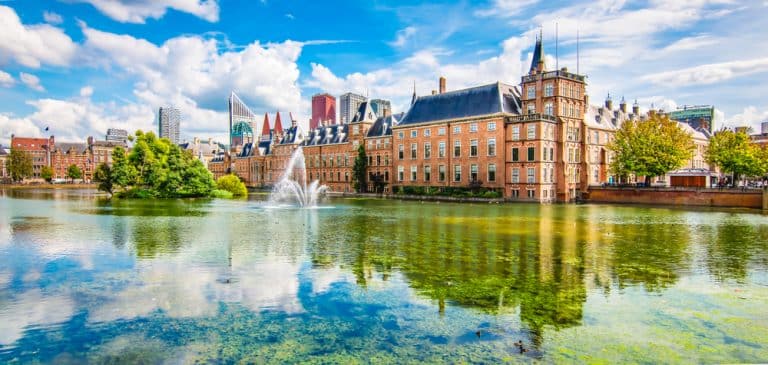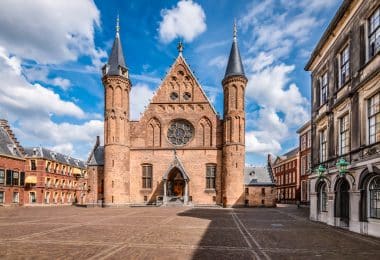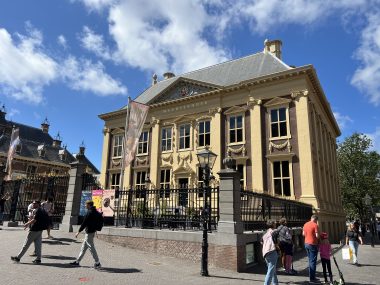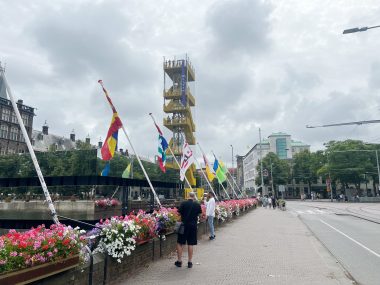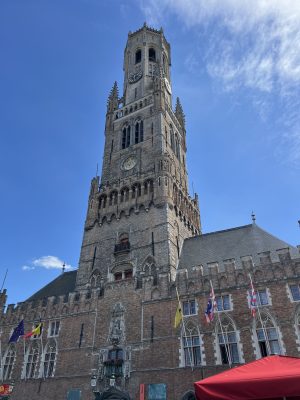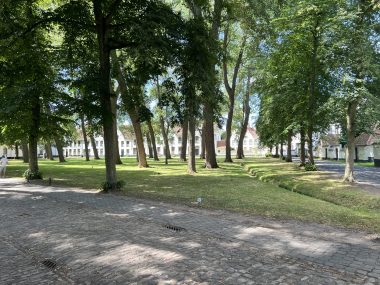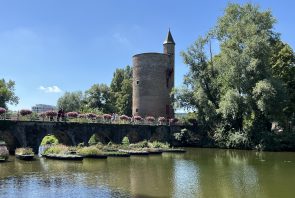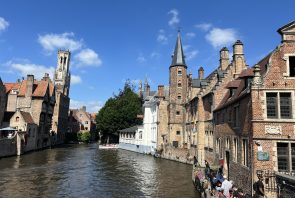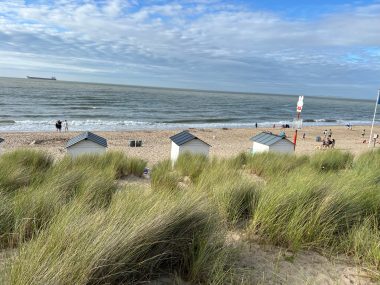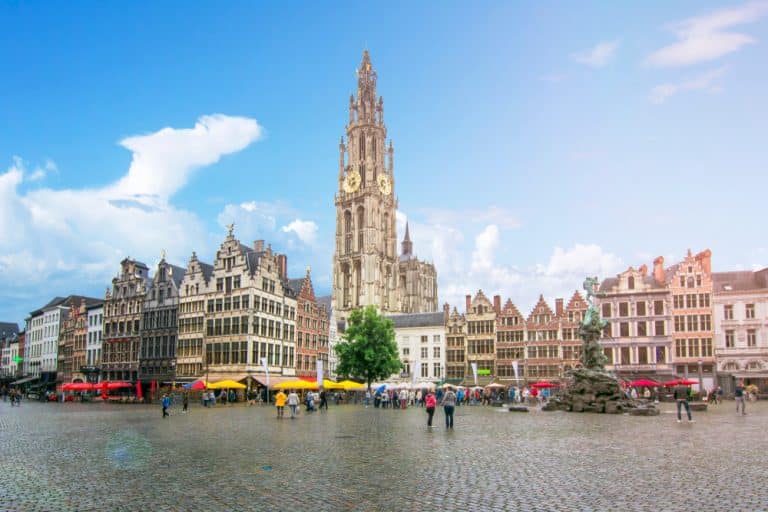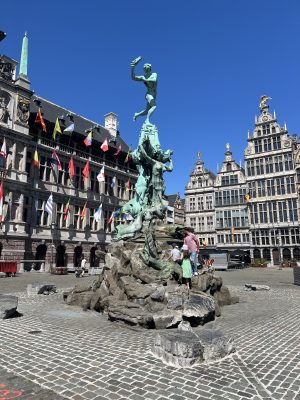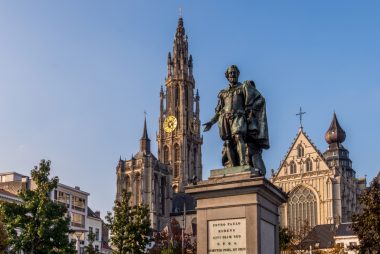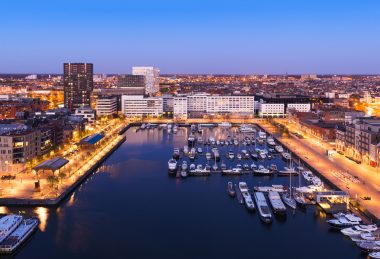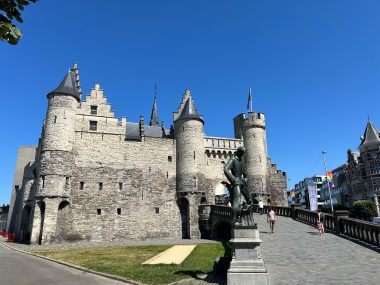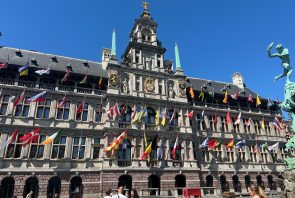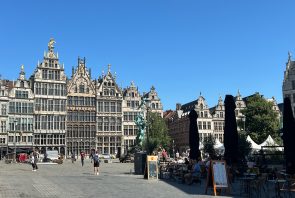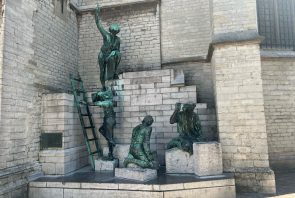There aren’t many cities in the U.S. that are easy and comfortable to explore on foot. One of them is San Francisco – here you can experience almost all the sights in the city center on foot. And the sights outside the city center are also easily accessible by bus. A great thing, especially in such a beautiful city as San Francisco.
Rather European-looking and full of colorful sights

San Francisco – Golden Gate Bridge, Alcatraz and the World’s Most Winding Road
Probably the most famous landmark of San Francisco in California is the Golden Gate Bridge. It is a sublime feeling to walk over the almost three-kilometre-long bridge. From up here you have a great view over the Bay Area. In 1937, the suspension bridge was opened. This provides a connection between Marin County and San Francisco. It also makes it possible to get quickly from the surrounding area to the city. It is one of the longest suspension bridges in the world and more than 100,000 vehicles use the bridge every day. The Golden Gate Bridge is a popular photo motif. The many vantage points around the bridge are ideal for this. It is advisable to visit several of them at different times and on different days. Because it is not uncommon for the structure to “disappear” in the fog. Tip: Visitors should take advantage of the opportunity in good weather and pay a visit to the Golden Gate Bridge immediately. 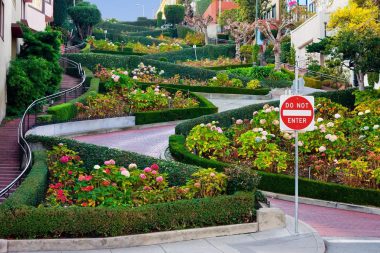

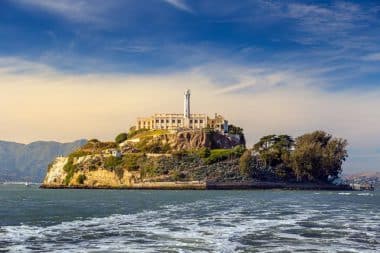
San Francisco: The 7 most important sights with a location map
1. Golden Gate Bridge
The Golden Gate Bridge is San Francisco’s landmark and one of the most photographed structures in the world.
It connects San Francisco to Marin County and offers breathtaking views of the bay.
2. Alcatraz Iceland
Alcatraz Iceland, also known as “The Rock”, was once home to a notorious prison.
Today, the island is a popular tourist destination that offers fascinating insights into the history of Prison Island.
3. Fisherman’s Wharf
Fisherman’s Wharf is one of San Francisco’s most visited attractions.
Here you will find a variety of restaurants, shops and entertainment options, as well as a great view of the bay.
4. Golden Gate Park
Golden Gate Park is a green oasis in the middle of the city.
You’ll find plenty of attractions here, including the Japanese Tea Garden, the de Young Museum, and the San Francisco Botanical Garden.
5. Chinatown
San Francisco’s Chinatown is the oldest and one of the largest Chinatown communities outside of Asia.
Here you can immerse yourself in the culture, eat in authentic restaurants and buy unique souvenirs.
6. Lombard Street
Lombard Street is known as the most winding street in the world.
The road winds down the hill in tight curves and is lined with beautiful flower beds.
7. Pier 39
Pier 39 is a lively place full of shops, restaurants and entertainment venues.
Here you can watch the famous sea lions sunbathing on the swimming platforms.
The 5 most important museums in San Francisco
1. San Francisco Museum of Modern Art (SFMOMA)
SFMOMA is one of the largest modern art museums in the United States and is home to an impressive collection of contemporary artwork. Address: 151 3rd St, San Francisco, CA 94103 Opening hours: Friday – Tuesday 10:00 am – 5:00 pm, Thursday 1:00 pm – 8:00 pm Admission: 25 USD
2. Exploratorium
The Exploratorium is an interactive museum that explores science, art, and human perception.
It is especially popular with families. Address: Pier 15, The Embarcadero, San Francisco, CA 94111 Opening hours: Tuesday – Sunday 10:00 am – 5:00 pm Admission: 29.95 USD
3. California Academy of Sciences
The California Academy of Sciences is a natural science museum that combines an aquarium, planetarium, rainforest, and natural history museum under one roof. Address: 55 Music Concourse Dr, San Francisco, CA 94118 Opening hours: Daily 9:30 a.m. – 5:00 p.m. Admission: 39.95 USD
4. De Young Museum
The De Young Museum showcases American art from the 17th to the 21st century, as well as art from Africa, Oceania, and the Americas. Address: 50 Hagiwara Tea Garden Dr, San Francisco, CA 94118 Opening hours: Tuesday – Sunday 9:30 a.m. – 5:15 p.m. Admission: 15 USD
5. Asian Art Museum
The Asian Art Museum houses one of the most comprehensive collections of Asian artwork in the world, from ancient to contemporary works. Address: 200 Larkin St, San Francisco, CA 94102 Opening hours: Tuesday – Sunday 10:00 am – 5:00 pm Admission: 15 USD
Things to do outside San Francisco
1. Muir Woods National Monument
Just about 30 minutes north of San Francisco is Muir Woods National Monument, a beautiful sanctuary with imposing coastal redwoods.
It is a popular destination for hikers and nature lovers.
2. Napa Valley
Napa Valley is one of the most famous wine-growing regions in the world and is located about an hour from San Francisco.
Visitors can take wine tours and sample some of the region’s best wines.
3. Sausalito
Sausalito is a quaint seaside town located directly across the street from San Francisco.
It offers breathtaking views of the city skyline and is known for its art galleries and restaurants.
4. Point Reyes National Seashore
About an hour and a half from San Francisco is Point Reyes National Seashore, a protected coastal area with dramatic cliffs, picturesque beaches, and abundant wildlife.
Where to stay in San Francisco
Luxury Hotel: The Ritz-Carlton, San Francisco
The Ritz-Carlton offers luxurious accommodations, first-class service and a central location near Chinatown and the Financial District.
4-star hotel: Hotel Nikko San Francisco
Hotel Nikko offers modern rooms and a full range of services, including a swimming pool and gym.
It is located in the heart of San Francisco, near Union Square.
3-star hotel: Hotel Zephyr
Hotel Zephyr is a trendy boutique hotel near Fisherman’s Wharf.
It offers modern amenities and a central location.
Budget Hotel: HI San Francisco Downtown Hostel
HI San Francisco Downtown Hostel offers budget accommodation near Union Square.
It’s a great choice for budget-conscious travelers.
Popular Restaurants in San Francisco
1. Benu
Benu is a three-Michelin-starred restaurant that serves creative dishes with Asian influences.
It offers an exquisite dining experience.
2. Zuni Café
Zuni Café is known for its fresh, seasonal dishes and the famous fried chicken specialty.
It is located in the Hayes Valley and is a popular meeting place for locals and tourists.
3. Tadich Grill
Tadich Grill is one of the oldest restaurants in San Francisco and is known for its traditional seafood dishes and classic charm.
4. La Taqueria
La Taqueria is one of the best places to eat Mexican food in San Francisco.
The burritos and tacos are legendary and attract visitors from all over the city.
FAQ: Important questions about San Francisco
When is the best time to visit San Francisco?
The best time to visit San Francisco is in the spring and fall, when the weather is mild and the city is less crowded.
Summer can often be foggy and cool.
What is the best way to get around San Francisco?
San Francisco has a well-developed public transportation system, including the famous cable cars.
Bicycles and Uber/Lyft are also popular means of transportation in the city.
How expensive is San Francisco?
San Francisco is one of the most expensive cities in the United States.
Travelers should plan accordingly and look for budget options, especially when it comes to hotels and restaurants.
What currency is used in San Francisco?
In San Francisco, the US dollar ($) is used.
Credit cards are accepted in most shops and restaurants.
Is there a City Card in San Francisco?
Yes, the San Francisco CityPASS offers free admission to many attractions and unlimited use of public transportation.
Weather in San Francisco
Bibliography
- Information about attractions and museums: San Francisco Travel
Article updated on August 16, 2024


